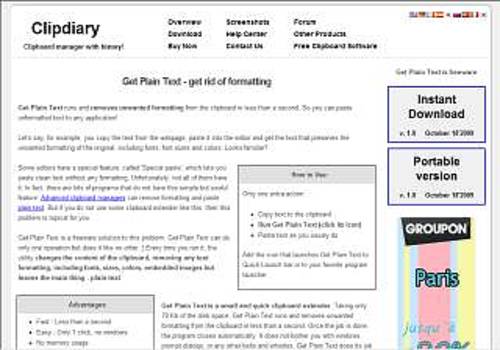
find_all()įind() and find_all() are the most commonly used BeautifulSoup methods. The first one – print(html.read()) will return the response body of the requested URL as a string-like object. One thing to note is that urllib is a standard Python library (comes prepackaged with your Python distribution), while BeautifulSoup is not and it needs to be installed using the Python package manager – pip.Īfter running the snippet above we’ll have two results printed. The BeautifulSoup object represents the parsed document and has built-in support for navigating and searching the parsed document in its tree form. We also request the BeautifulSoup object from the bs4 module. The only parameter provided in the snippet is the URL that we want to use, but the method itself can have more optional parameters. urlopen is a method that opens the URL, provided either as a string (as in this case) or as a RequestObject. Request library defines functions and modules which help in opening URLs. Reading the snippet from the start we import the request module from the urllib package (collection of modules for working with URLs). Scraping example using BeautifulSoup from urllib.request import urlopenīs = BeautifulSoup(html.read(), 'html.parser')
Beautifulsoup get plain text how to#
Let us learn about the basic mechanics of web scraping: how to use Python to request information from a web server with the help of BeautifulSoup module, how to perform basic handling of the server’s response, and how to interact with the data received.

On the other hand, APIs can be problematic, the responses not cohesive or descriptive, or they might not even exist.

Of course, scraping webpages should be secondary to using APIs when possible. They allow the user to strip away the more human-readable and bloated content from the webpage (Javascript, images, and web styles), by removing the visual interface of those excess elements at the browser level. Web scrapers are a great way to process large amounts of data. In this article, we’ll learn the process of web scraping using Python and BeautifulSoup. Industries that rely heavily on data harvesting, e-commerce (comparing prices of different sellers for example), and collecting personal information about users or buyers will use web scraping techniques. The process of scraping a web page usually involves the same set of steps: using libraries that request data from a web server and then querying and parsing that same data (usually received in the HTML form). But it does not make the source of the page simpler.Web scraping ( data mining, web harvesting, or web data extraction) is the practice of scraping and extracting data from webpages, using any means possible apart from interacting with an API. It's not related, and that "raw" text is just a different CSS style that shows only the text up. I see many web tools support a so-called book view mode, where you can see the main article only in most cases, so I reckon it should not a problem to extract the clean plain text

So my question is, how can I really obtain the clean plain text from html by Python. You need to look at the tags/classes/ids you want to keep within the body. There's still some cleaning to do (mostly because of the ads JS inside the text), but it's mostly there.
Beautifulsoup get plain text code#
When you see into raw, the result contains code like: (function() ) \n\nPlease share this article if you like it! Bless me or curse me in comments! Thank you for reading anyway!\n\n\n\n\n' Html = urllib.urlopen(url).read().decode('utf8') You may run the following python code to see the result. The result contains so many non-plain text. However, I found it still cannot meet my requirement. I am trying to extract the plain text given an url.Īccording to my search, the most relative tool seems to be BeautifulSoup, so I wrote a simple program to test.


 0 kommentar(er)
0 kommentar(er)
